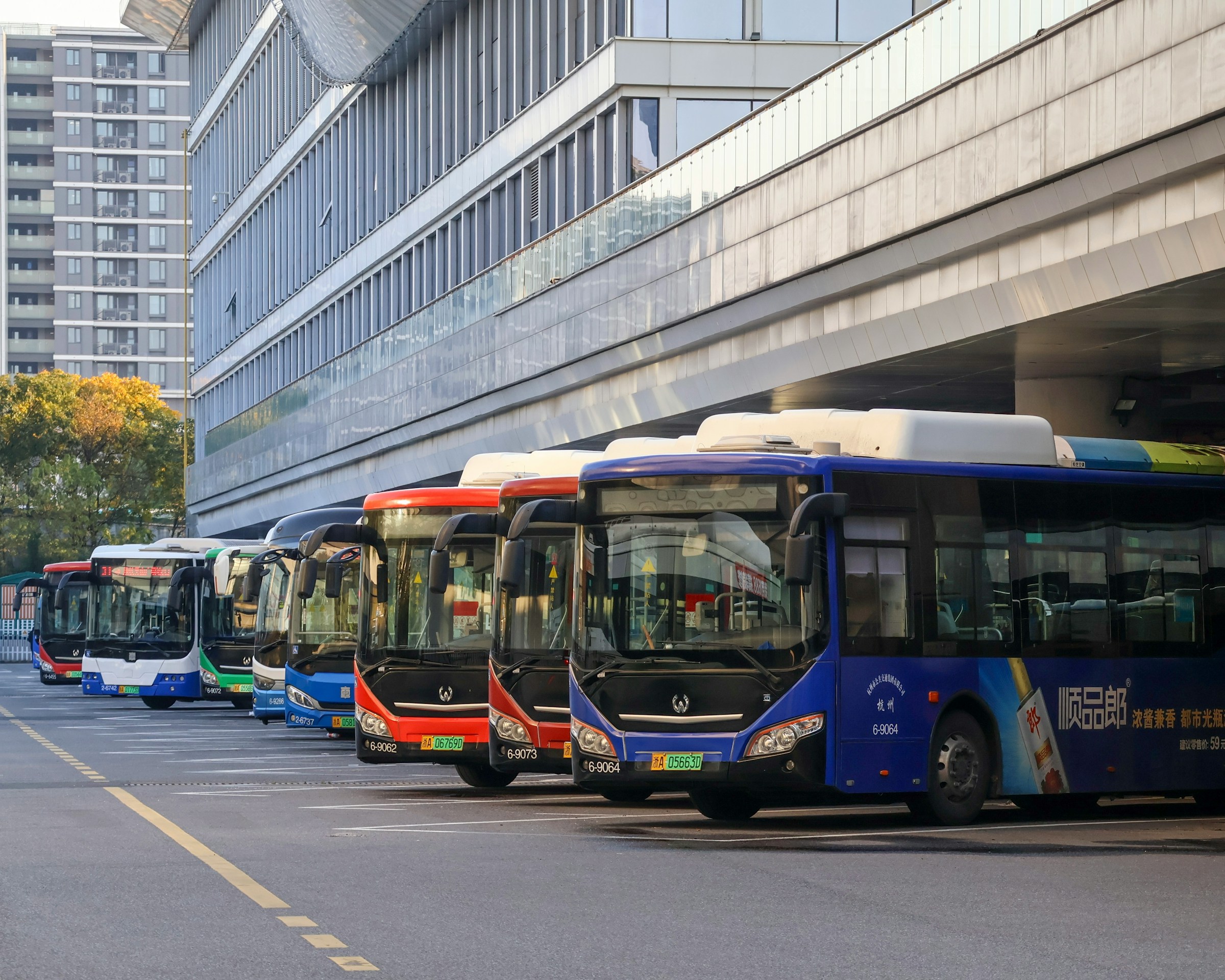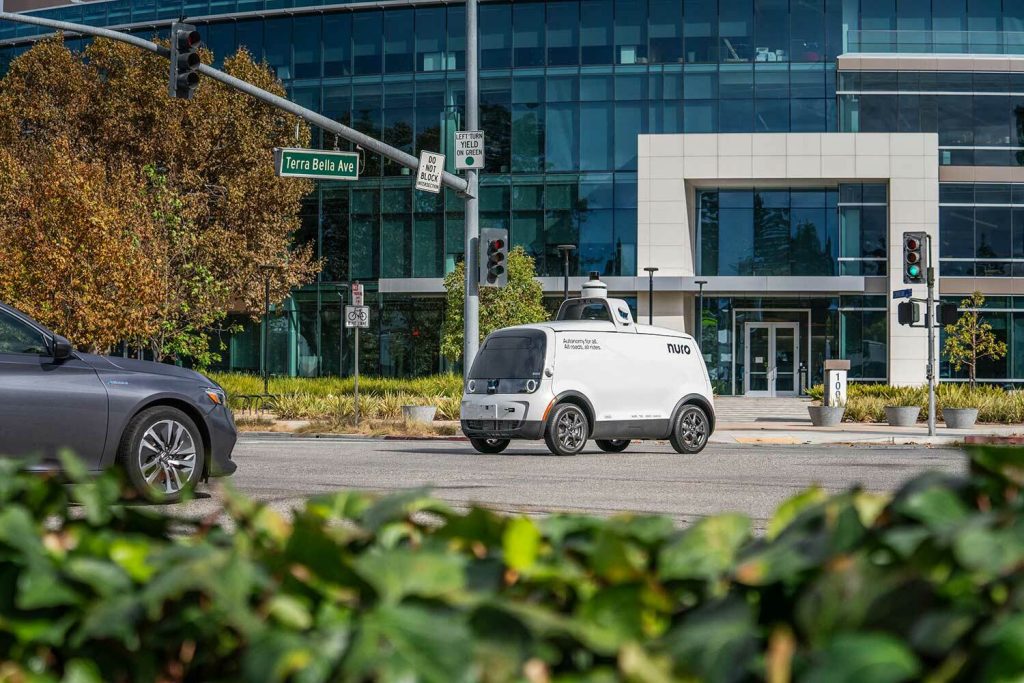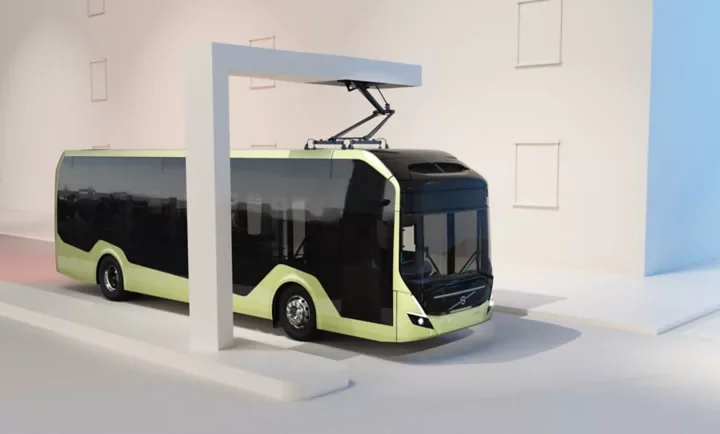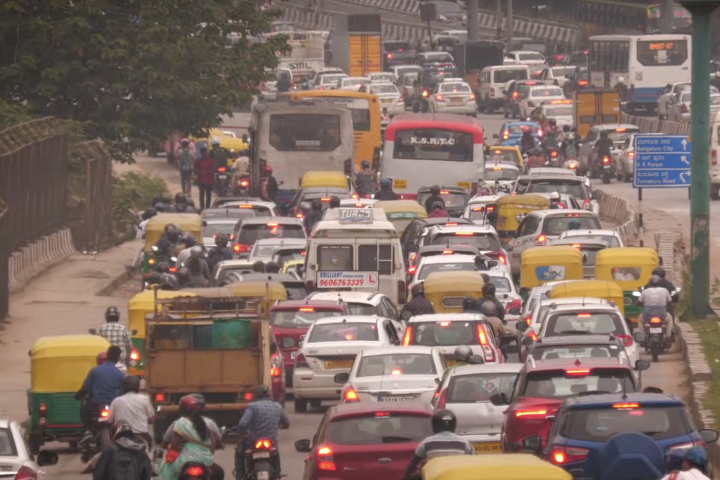China is a leading player in electric vehicles technology now. But, it was no easy feat – It spent years on research and testing before it nailed down the technology that could make it work.
Early Development
Back in the early ’90s, China’s leadership had ambitious goals and aspired to become a global leader. However, it recognized that its automobile industry lagged behind giants like Volkswagen and Toyota. To catch up, it needed a different approach.
In 1995, it started preliminary work on “New energy vehicle”, but it picked up pace significantly after more funding, resources and manpower were allocated to the program in early 2000s. More than 200 enterprises, universities and research institutes, and about 2000 key technical personnel, and 15 national key laboratories were working on this project. It also became a part of its “863 Project”, China’s State High-Tech Research and Development initiative launched in 1986.
Gaining foothold in the emerging battery tech became one of major focus points of the initiative. By 2007, this new battery tech started to become part of electric vehicles.
Beijing Olympics 2008
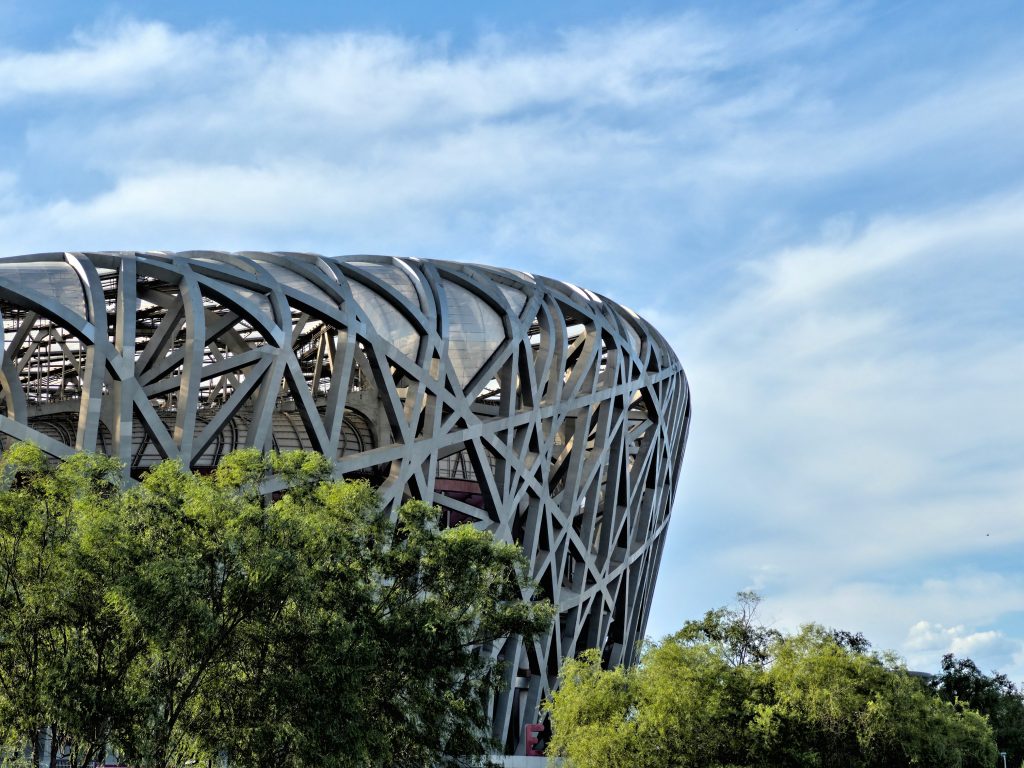
The Chinese realized quite early on that they should drive the EV industry through electric buses, because of two reasons.
- Bus routes were predetermined, allowing electric buses to return to the depot for recharging after completing a round.
- The government could oversee, regulate, and facilitate the adoption of electric vehicles.
During the period from 2001 to 2005, the transport agency ‘Beijing Bus Co.’, played a crucial role in developing fuel cells and battery-electric buses. The organization actively participated in research and testing and allowed scientists and researchers to try out new technology in real-world conditions.
China introduced around 500 homegrown electric buses at the 2008 Beijing Olympic Games. At the same time, the new technology was also being adopted by private companies. Automakers such as Chery, Changan, FAW, Dongfeng, SAIC, Jinhua Bus, and Foton, along with Tsinghua University, Tongji University, and the Beijing Institute of Technology, collaborated to provide these buses.
Beyond Olympics
In 2009, China’s Science and Finance Ministries jointly introduced the “Ten Cities, Thousand Vehicles” program, aiming for 10 cities to deploy 1,000 new energy vehicles each year, totaling 30,000 nationwide over three years.
Participating cities had to provide matching subsidies for consumer purchases and develop and maintain charging infrastructure in coordination with the central government.
However, this program proved to be a failure. By the end of 2012, only seven had met their 1,000-vehicle target.
Air Pollution in China
The Chinese government recognized early that diesel-powered vehicles were major contributors to the country’s pollution. They also saw electric buses as a key solution for reducing fuel consumption – an especially crucial factor for China, given its heavy reliance on oil imports.
This became a major concern, prompting the government to take further action. Cities like Beijing imposed a cap on the number of petrol and diesel cars but allowed unlimited registration of electric vehicles (EVs).
By 2018, China’s electric vehicle market surged, selling over a million cars worldwide. In the following years, it emerged as a global leader in EVs, exporting them to multiple countries across the world.
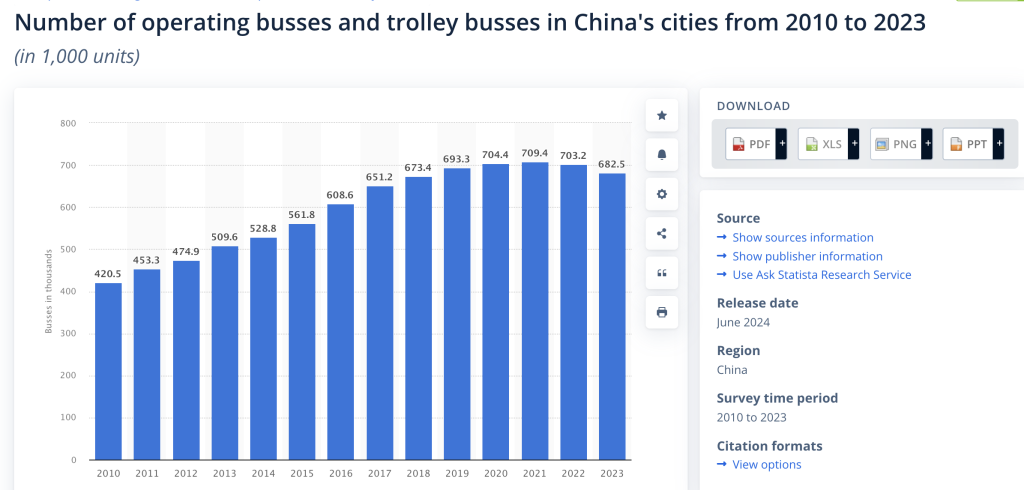
China still has some non-EV city buses, but they are rapidly being phased out. While China leads the world in electric bus adoption, with cities like Shenzhen achieving a 100% electric bus fleet, many other cities still operate a mix of electric, hybrid, and diesel buses.
The Future
According to a report by Bloomberg, by 2032, about half of the world’s buses will be entirely battery-powered. It also notes that the manufacturing of battery cells and the production of key battery components – such as cathodes, anodes, separators and electrolytes – is concentrated in China.
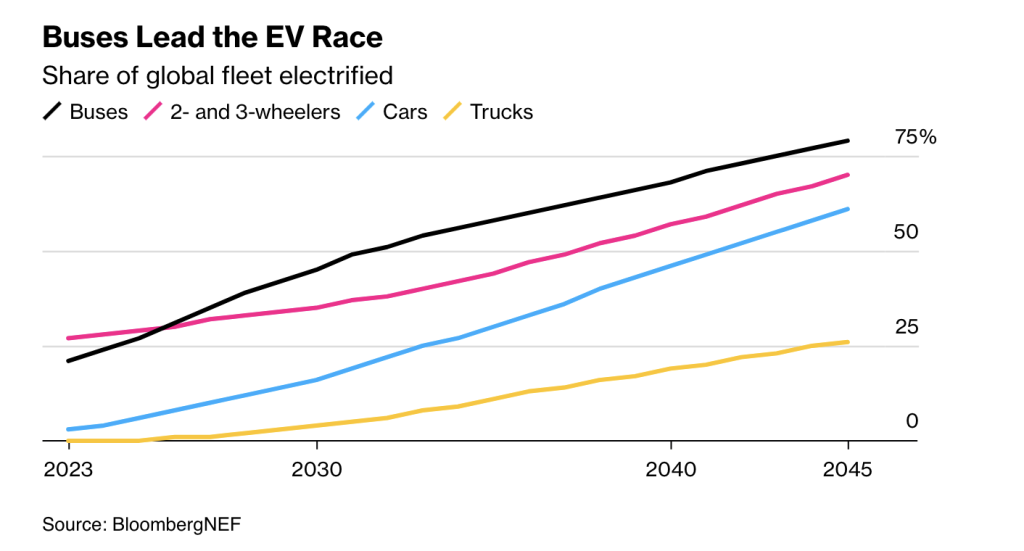
China’s early investment in electric buses is poised to pay off handsomely as the world increasingly transitions toward electric-only transportation. As more countries implement stricter emissions standards and push for greener transport solutions, the demand for electric buses will inevitably rise.
According to the data from ChinaBuses website, in 2024, the total export volume of Chinese new energy buses reached 15,444 units, marking a year-on-year increase of 28.33%, with BYD maintaining a top position with 3,582 new energy buses.
